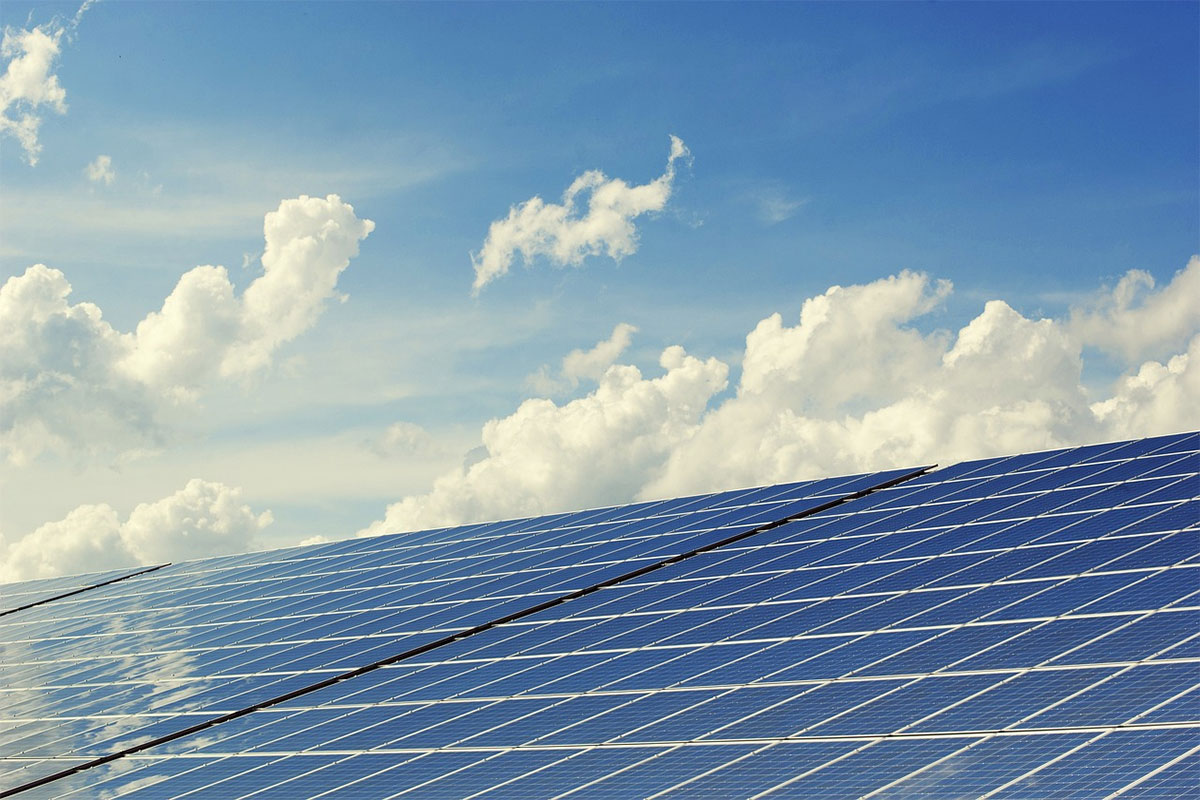In today’s fast-paced world, where the environment and energy costs are top concerns, we often overlook the unsung heroes of energy efficiency in buildings. These heroes are the damper actuators—small yet mighty devices that quietly optimize heating, ventilation, and air conditioning (HVAC) systems.

They play a significant role in helping building owners and facility managers reduce energy consumption and minimize their environmental footprint. In this article, we’ll explore the world of damper actuators and how brands like Johnson Controls damper actuators, Schneider Electric, Neptronic, and Honeywell are contributing to energy savings in our buildings.
Understanding Damper Actuators
Let’s start by understanding what damper actuators are and what they do. Damper actuators are the behind-the-scenes heroes of HVAC systems. They control the flow of air or fluids by opening and closing dampers—these are like gates that regulate the airflow in ducts, vents, or other passages. Damper actuators are crucial for precise temperature control and efficient air distribution within buildings.
Damper Actuators and Energy Efficiency
But how exactly do damper actuators help save energy in buildings? It all comes down to smart airflow control. When dampers are adjusted correctly, airflow is optimized. This means that conditioned air reaches the right areas at the right times, leading to several energy-saving benefits:
- Less Energy Waste: Efficient airflow control prevents over-conditioning of unoccupied spaces, reducing energy waste. This translates into lower heating and cooling bills.
- Improved Comfort: Balanced airflow ensures consistent temperatures throughout a building, making occupants comfortable without the need for excessive heating or cooling. This saves energy and prolongs HVAC system life.
- Better Air Quality: Efficient airflow control also means better indoor air quality. Stale air is vented out, and fresh air is distributed evenly, resulting in a healthier and more comfortable indoor environment.
Types of HVAC Systems and Damper Actuators
Now, let’s consider the types of HVAC systems and how damper actuators contribute to their energy efficiency:
- Variable Air Volume (VAV) Systems: These systems adjust the volume of conditioned air delivered to different building zones. Damper actuators, such as those from Schneider Electric, play a pivotal role in fine-tuning airflow to match each zone’s specific needs. This tailored approach ensures that energy isn’t wasted on over-conditioning, leading to significant energy savings.
- Constant Air Volume (CAV) Systems: Unlike VAV systems, CAV systems deliver a fixed volume of conditioned air. Here, damper actuators like Johnson Controls come into play by precisely controlling airflow to maintain consistent temperatures without excessive energy use.
- Smart Control and Automation: In today’s era of building automation, damper actuators are integrated into smart HVAC control systems. These systems, often managed by building management software, continuously monitor and adjust damper positions based on real-time data. Honeywell damper actuators, for instance, are compatible with these smart control systems, enabling precise control and energy savings through automation.
Retrofitting for Efficiency
While new buildings often incorporate advanced damper actuators from the start, older structures can also benefit from energy-efficient upgrades. Retrofitting involves upgrading older HVAC systems with modern damper actuators, like those from Neptronic damper actuators, to improve energy efficiency. This approach allows building owners to leverage the latest technology without the need for a complete system overhaul.
A common example of retrofitting is replacing outdated pneumatic damper actuators with electric actuators. Electric actuators offer more precise control and are easier to integrate into modern building management systems. By retrofitting, older buildings can enjoy the energy-saving benefits of advanced damper actuation.
Maintenance and Best Practices
To ensure that damper actuators continue to contribute to energy savings, proper maintenance is crucial. Regular inspections, lubrication, and testing help detect and address issues before they become costly problems. Damper actuators should be cleaned and checked for wear and tear to maintain optimal performance. Best practices also include calibrating actuators to respond accurately to control signals, further improving energy efficiency.
Regulations and Standards
Building energy efficiency often follows regulations and standards aimed at reducing environmental impact and enhancing sustainability. Complying with these regulations not only contributes to a greener planet but can also lead to cost savings for building owners. Damper actuators play a vital role in helping buildings meet these requirements by providing precise airflow control, a key component of energy-efficient HVAC systems.
Case Studies
Let’s take a look at real-world examples to illustrate the impact of damper actuators on energy savings:
Case Study 1: Office Building Energy Efficiency
An office building in a bustling city underwent an HVAC system upgrade, including the installation of Schneider Electric damper actuators. By fine-tuning airflow to match occupancy and optimizing temperature control, the building achieved a 15% reduction in energy consumption and a significant decrease in utility costs.
Case Study 2: Hospital Air Quality Improvement
A hospital aimed to improve indoor air quality and energy efficiency. Honeywell damper actuators were installed to optimize ventilation in different hospital zones. The result was not only better air quality but also a 12% reduction in overall energy use, making the hospital environment healthier and more cost-effective.
Case Study 3: Retrofitting a Historic Building
A historic building, originally equipped with outdated pneumatic dampers, underwent a retrofit with modern electric damper actuators from Neptronic. This upgrade improved temperature control and led to a 20% reduction in energy consumption, making the building more environmentally friendly and cost-efficient.
Future Trends in Damper Actuators
As technology advances and the demand for energy-efficient buildings continues to grow, damper actuators are poised for further innovation. Expect to see developments in sensor technology, communication capabilities, and predictive maintenance features integrated into these devices. These enhancements will further optimize HVAC systems, making them even more reliable and efficient.
Conclusion
Damper actuators may not be in the limelight, but their role in optimizing HVAC systems and reducing energy consumption is significant. Brands like Johnson Controls, Schneider Electric, Neptronic, and Honeywell are contributing to energy savings, one building at a time. By embracing advanced damper actuation technology, building owners and facility managers can unlock substantial energy savings, reduce their environmental impact, and create healthier indoor environments. Damper actuators are the unsung heroes of energy efficiency, quietly working behind the scenes to make our buildings more comfortable, cost-effective, and sustainable.









